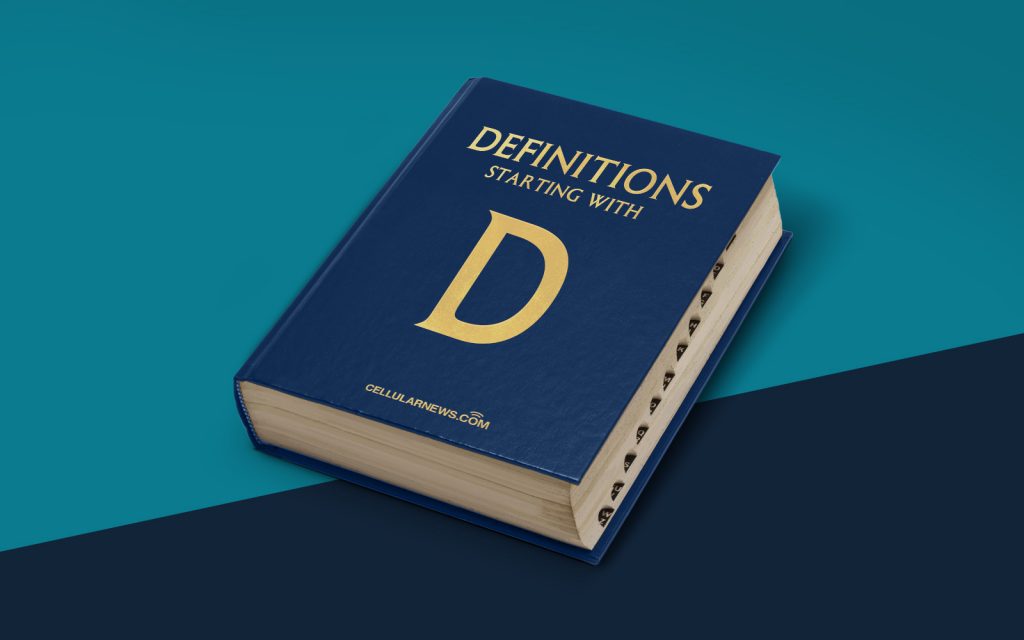
What Is a Digital Down Converter (DCC)?
Welcome to our “DEFINITIONS” category, where we bring you easy-to-understand explanations of complex tech terms. In this post, we’ll be exploring the world of Digital Down Converters (DCCs) and how they function in the digital realm.
Have you ever wondered how radio waves are transformed into the digital signals we use in our everyday devices? Well, look no further! A Digital Down Converter, commonly known as a DCC, plays a crucial role in this process. It’s an indispensable component of modern communication systems, enabling the conversion of high-frequency signals to lower-frequency versions that can be processed by digital devices.
Now, let’s dive deeper into the world of DCCs and uncover what makes them so essential in the realm of digital communication:
Key Takeaways:
- A Digital Down Converter (DCC) is a vital component in the conversion of high-frequency signals to lower-frequency versions for digital signal processing.
- DCCs are commonly used in various applications, including software-defined radios (SDRs), satellite communication systems, and radar systems.
How Does a Digital Down Converter Work?
A DCC operates by performing two primary functions: frequency down-conversion and filtering. Here’s a step-by-step breakdown of its operation:
- Signal Sampling: The DCC begins by sampling the incoming high-frequency signals at a specific rate, accurately capturing their waveform.
- Mixing: Next, the DCC combines the sampled signal with a local oscillator signal. This process creates an intermediate frequency (IF) signal, which typically lies within the DCC’s operational range.
- Filtering: The IF signal is then passed through a digital low-pass filter, removing any unwanted high-frequency or noise components. This step ensures that only the relevant information is extracted.
Once the high-frequency signal has been down-converted and filtered, it can be further processed by digital devices for tasks such as demodulation, decoding, or visualization. The versatility and flexibility of DCCs make them crucial components in a wide range of industries.
Applications of Digital Down Converters
Digital Down Converters find applications in various fields, including:
- Software-Defined Radios (SDRs): DCCs are integral to SDRs, which enable the software-based control of communication systems. They play a vital role in frequency shifting and signal processing within SDR architectures.
- Satellite Communication Systems: DCCs ensure accurate frequency down-conversion for received satellite signals, allowing for reliable data transmission and reception.
- Radar Systems: By down-converting the radar’s high-frequency signals, DCCs enable the precise measurement and analysis of target objects.
These are just a few examples of the extensive range of applications where DCCs are essential for data processing and communication.
The Future of Digital Down Converters
As technology continues to advance, the demand for efficient and versatile DCCs will only grow. With the rise of emerging technologies such as 5G networks, the Internet of Things (IoT), and autonomous vehicles, the need for accurate frequency conversion and signal processing will become even more critical.
Researchers and engineers are constantly exploring innovative techniques to enhance the performance and capabilities of DCCs. This includes the development of advanced signal processing algorithms, higher-frequency operation, and increased integration with other components.
With each advancement, the communication systems of the future will become more powerful, efficient, and adaptable to the evolving needs of our digital world. And at the heart of it all will be the humble Digital Down Converter, quietly working its magic to transform high-frequency signals into digital marvels.
We hope this blog post has shed some light on the often-misunderstood world of Digital Down Converters. Stay tuned for future posts in our “DEFINITIONS” category, where we unravel more tech jargon, ensuring you stay in the know!
